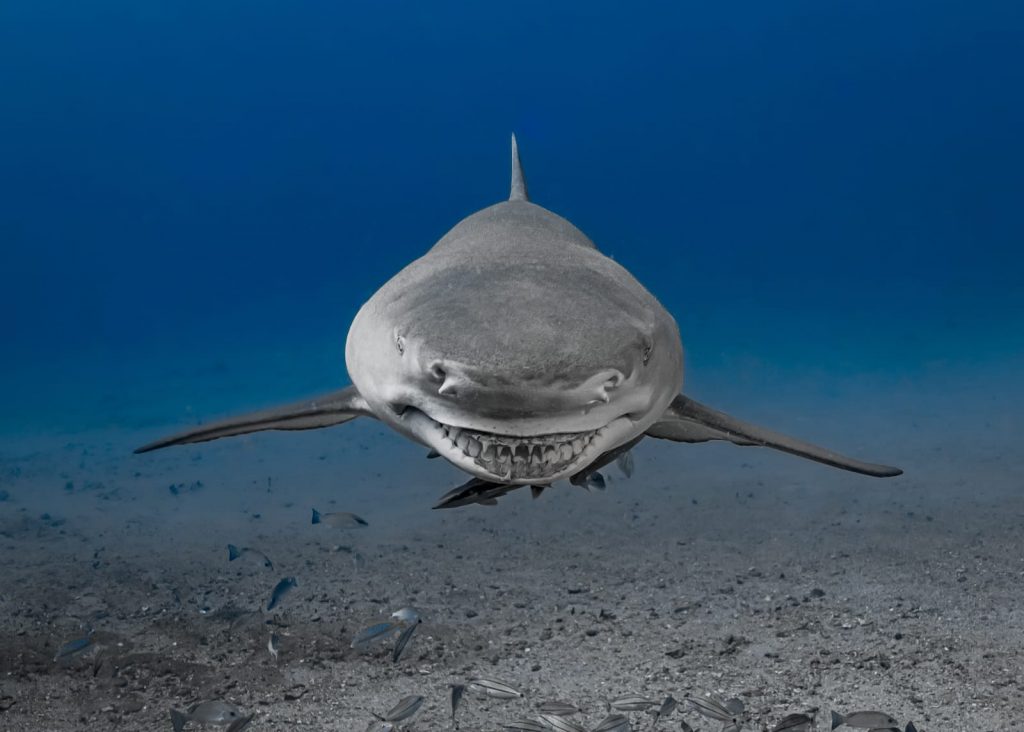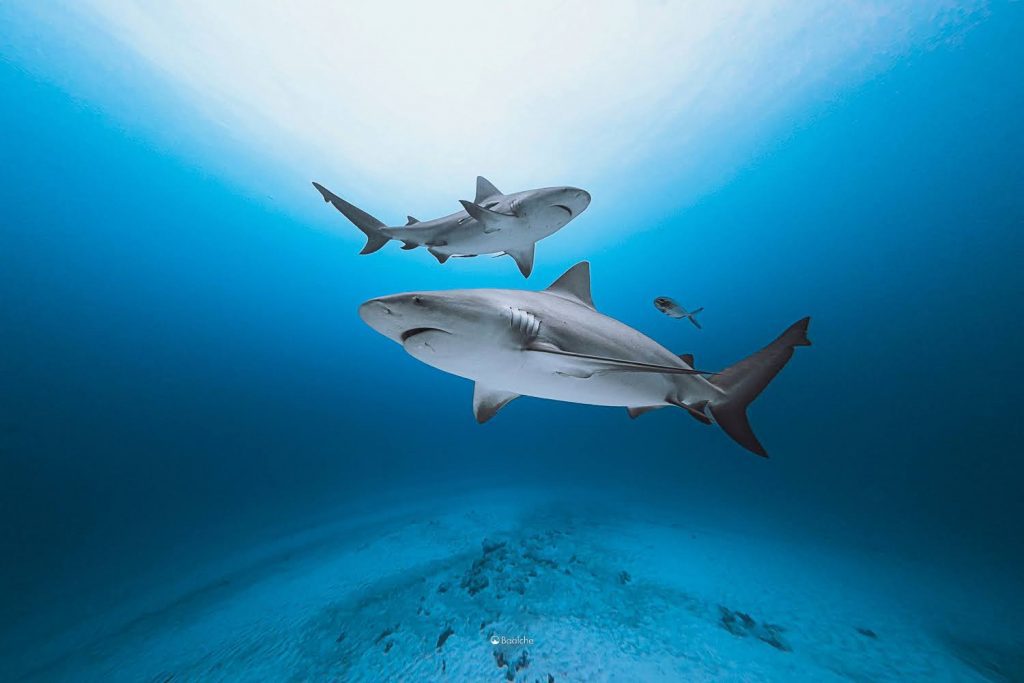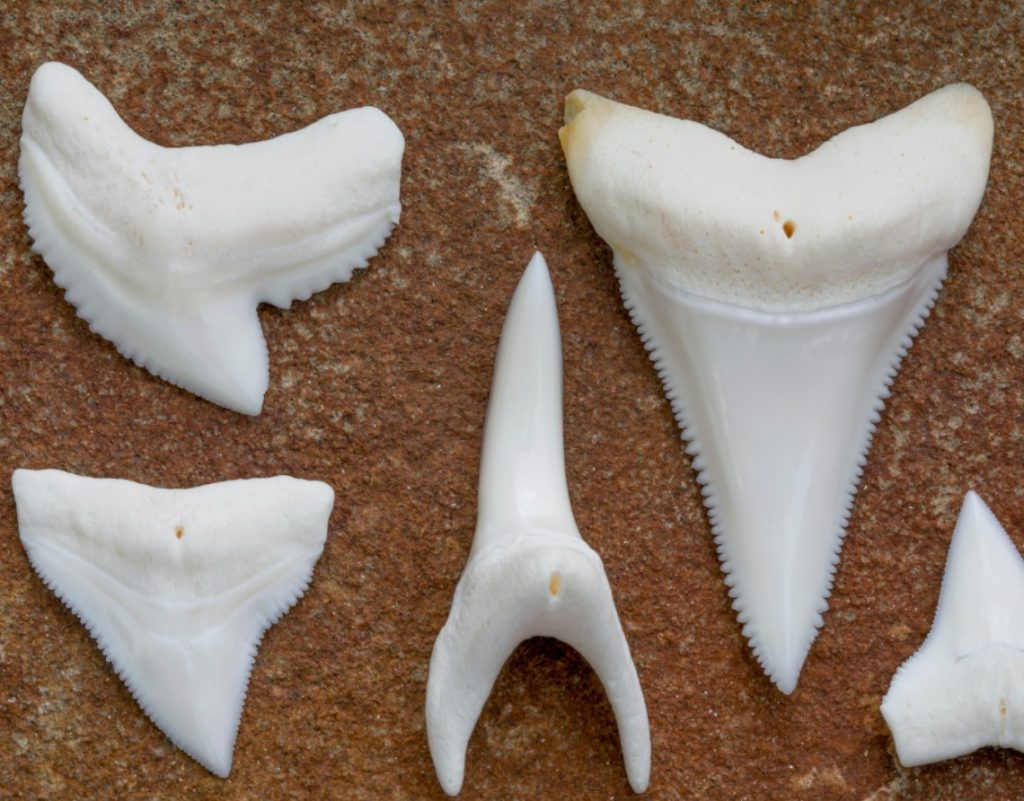Sharks and rays, both in the Class Chondrichthyes, belong to a distinct category of vertebrates characterized by their unique skeletal composition. In the world of marine biology, distinguishing these cartilaginous creatures from their bony counterparts, such as snappers and groupers (Class Osteichthyes), helps to form the basis of our understanding of aquatic life.
Absence of Ribs and Bony Skulls
Sharks and rays lack rib cages entirely, which allows for exceptional flexibility in their movements. Furthermore, their skulls, like the rest of their skeletons, are entirely made of cartilage. It’s worth noting that the only calcified portions of a shark’s body are its teeth, which play a crucial role in their predatory lifestyle. Sharks and rays cannot feed efficiently with broken or worn teeth; fortunately, they continue to shed and replace teeth throughout their lifetimes. While it is unknown how many teeth sharks lose in a lifetime, some estimates are upwards of 30,000 teeth.

Taxonomic Distinction
In the realm of marine science, the classification of these creatures is foundational to our knowledge of their evolution and ecosystem function. The taxonomic differentiation between Chondrichthyes and Osteichthyes occurred millions of years ago. Chondrichthyans existed on Earth before bony fishes emerged, and in fact, before dinosaurs occurred.


Sharks and rays, as cartilaginous fishes, represent nature’s remarkable adaptations to aquatic life. The diversity of sizes, shapes, and ecological roles that sharks and rays exhibit are a testament to the unique evolutionary traits that have allowed them to thrive in their environments for hundreds of millions of years.
Check out our species page to learn more about some of the different shark species we work with or download our shark anatomy poster.



